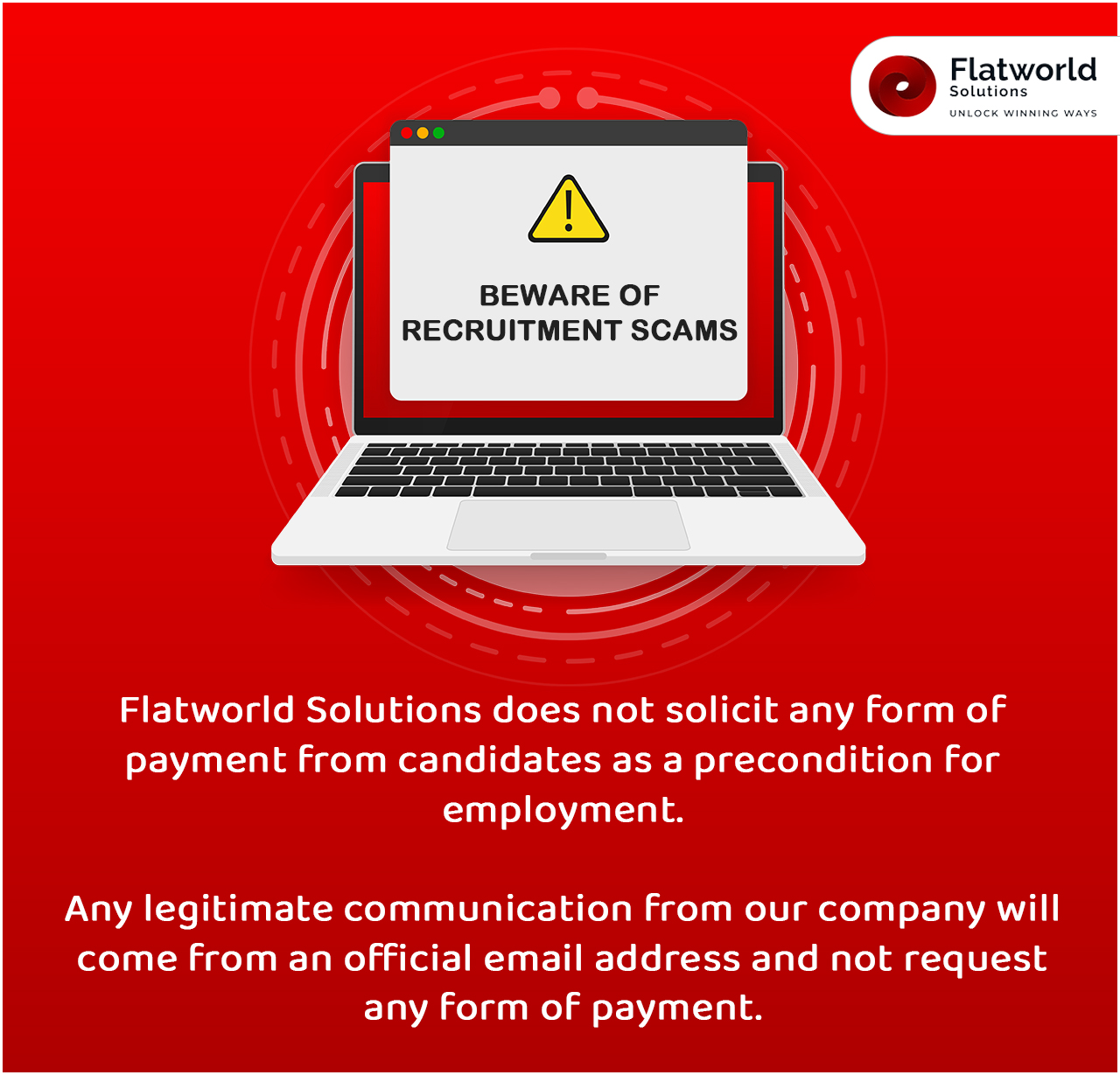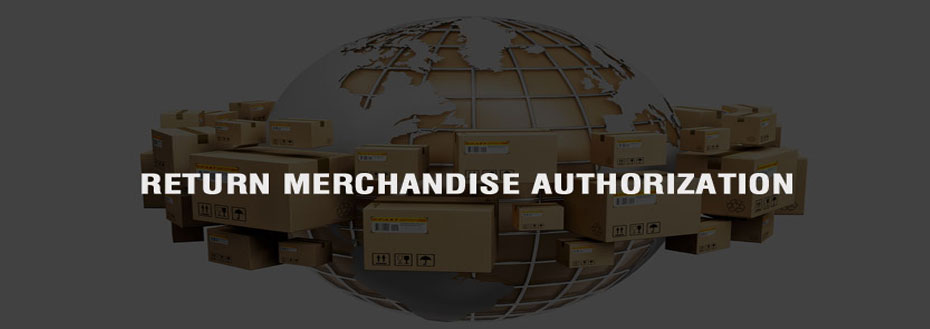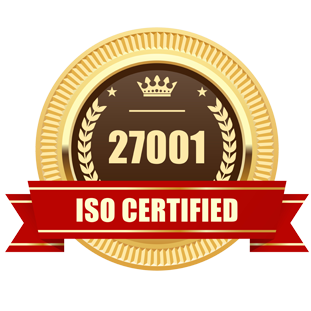No seller in the world would want to take back the goods or services sold to a customer. However, under certain conditions, customers may choose to return the products they have bought either because they are not happy with what they got or simply because they received a faulty product. Handling the returns in a systematic manner will help companies to keep their businesses running smoothly, while ensuring their customer satisfaction numbers do not take a hit.
Without an effective RMA process in place, companies tend to spend an unnecessary amount of time on returns. A well-designed system will help reduce the risks and increase the overall process efficiency to a great extent. It is also important to establish expectations for warranty terms, follow-up actions, and return policies. Laying down such a systematic process will also help in keeping track of the various defects across categories and suppliers, while leading to quick resolution of issues.
What is Return Merchandise Authorization?
A return merchandise authorization (RMA) or return goods authorization is a part of the process of a customer returning a product back to the seller in order to get a refund, store credit, replacement or an exchange. On the seller's side, it is processed by verifying the goods returned and initiating appropriate actions that need to be taken next. This process includes data collection, return eligibility verification, returns of products, or issuing a replacement, refund, or store credit.
It is important that an e-commerce company or online seller has a proper and systematic returns process in place which will help to provide the customers with a great returns experience. It will also build great customer relations and help generate repeat clients in the future.
6 Return Merchandise Authorization Best Practices
An effective return authorization (RA) process can help to improve the reputation of your company and keep your business running in a smooth manner. With a process in place, your system is ready to accept the returns, refund the amount to the buyer or send back a replacement. The RAM procedure helps to keep track of invalid returns, offers exceptions, and keeps the business thriving. Here are some of the best practices that can be put in place to create an efficient RMA process -
-
Initiate the Return Online
If a customer is able to order goods using an online platform then it makes sense to have the returns also processed online. A good e-commerce platform should allow the customer to initiate easy returns using a simple web interface. Several of the major e-commerce companies still do not allow online returns. This feature can be very convenient for the customers and help companies to maintain a good reputation.
-
Give an Option to Customers to Pick Exchange Items
If the customer decides to exchange any product, the e-commerce company must provide them with suitable alternatives. The exchange products suggested can be of similar color or size or have similar options. By allowing the customer to choose a suitable exchange item, you can simplify the entire process for the customer as well as the seller.
-
Provide an Option to Settle Price Differences Online
Sometimes, there is a price difference created during the exchange of products. The e-commerce platform needs to give the option to pay the balance amount or refund the balance amount or provide store credit if the exchanged product is of lower price. If your business does not support such features, then the seller will have to contact the customer and sort out the differences, which in turn will result in extensive delays.
-
Allow Customers Print Labels
Most of the online sellers provide a return label with the products which can be easily filled by the customer in case of returns. Sometimes this label may tear or get misplaced. In such a situation, customers need to have an option where they can download the return label from the seller's website, print it, and then use it.
-
Make Sure the Returns are An Extension of the Buying Transaction
Most retail accounting software usually associate returns with the original transaction using the transaction id. Similarly, e-commerce companies need to follow this concept while handling online returns too. Some of your existing solutions that generate new transactions and credit memos may be difficult to track later, therefore always plan for this before implementation.
-
Make the Transactions Easy to Monitor
It must be an easy task for customers to log and track the return, refund, and exchange requests. It is always good to keep the customer informed at each and every stage of the process when the buyer initiates the RMA, prints a label, etc. This makes the entire process convenient, easy to track, and provides the customer with a personalized experience.
Our Related Services
Choose Flatworld Solutions for High-Quality Financial Services
Flatworld Solutions has been providing top-quality finance and accounting services to clients around the world for over a decade now. Our cost-effective and client-focused services can help you save ample amounts of money and time which can then be used to concentrate on your core competencies. We have a specialized team of financial experts trained to handle different services such as bookkeeping, accounting, tax processing, invoice processing, financial analysis, cash flow management, payroll processing, quick books accounting, etc.
Our data security and privacy measures ensure that all your data is completely safe with us. If you are looking for a safe and reliable financial service provider, then feel free to get in touch with us!
Contact UsOur Customers





Philippines Finance and Accounting Services
Hire experienced and talented Filipino finance & accounting professionals & for your business

USA
Flatworld Solutions
116 Village Blvd, Suite 200, Princeton, NJ 08540
PHILIPPINES
Aeon Towers, J.P. Laurel Avenue, Bajada, Davao 8000
KSS Building, Buhangin Road Cor Olive Street, Davao City 8000
INDIA
Survey No.11, 3rd Floor, Indraprastha, Gubbi Cross, 81,
Hennur Bagalur Main Rd, Kuvempu Layout, Kothanur, Bengaluru, Karnataka 560077






